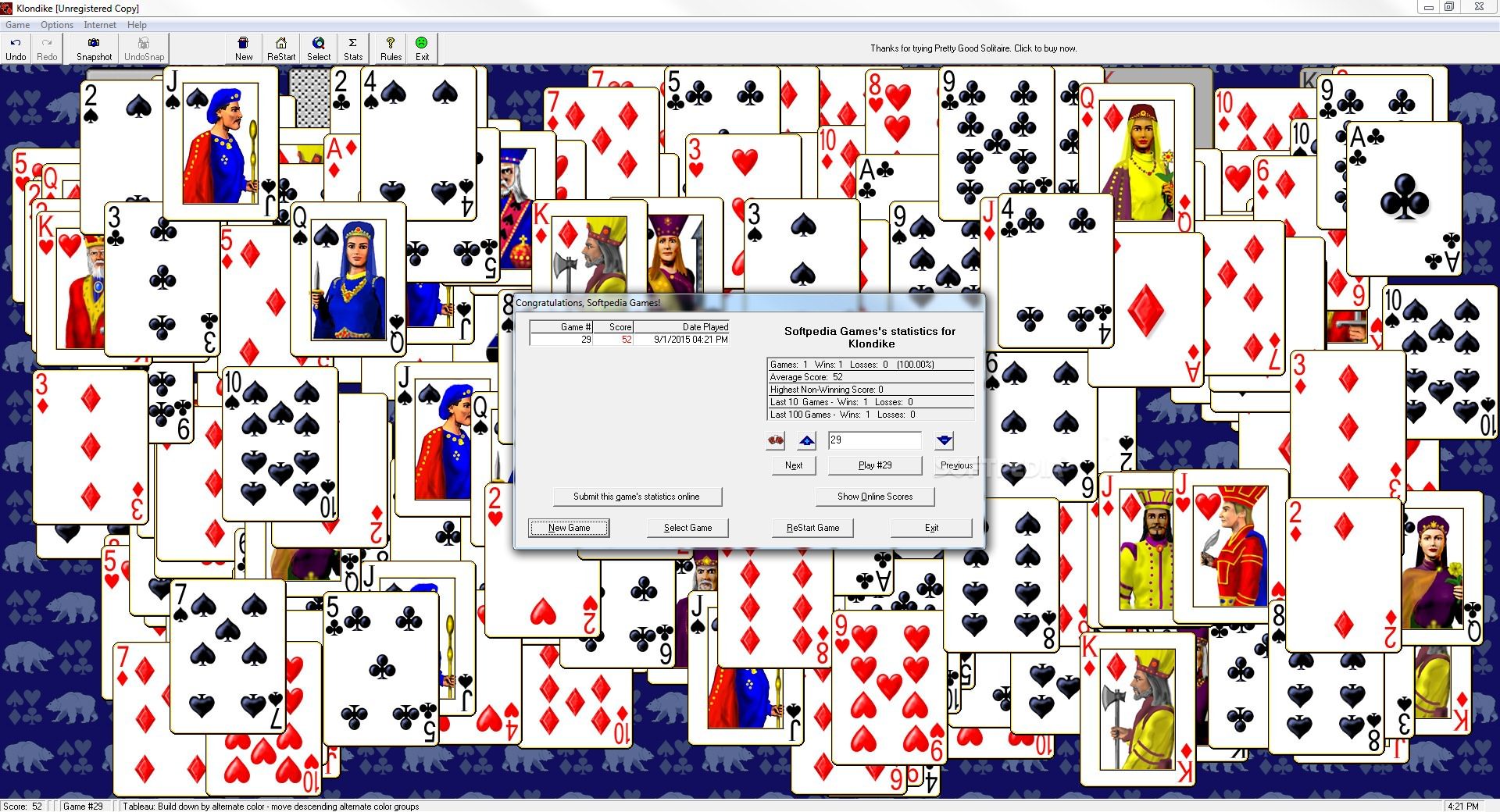

Of course, the antisolution of the antisolution is the original solution. Seven equivalent antisolutions result from rotations and reflections. It's another solution! I call it the antisolution corresponding to the original one. But since spaces obey the same rules in the backward game as did pegs in the forward moves, you can use this record equally well to play in the forward direction. In other words, the antimoves are just the moves of the solution in reverse order.

It turns out that the notation for an antimove is the same as that for the forward move. You can use the same notation as before to record moves: Identify the square occupied by the space doing the jumping before and after the move. In this backward game, the board starts out "filled" with spaces, except for one at the center where the lone peg stands.

If you start from the final position and retrace your steps, you can pretend that, on each reverse move, or antimove, a space jumps over a space, creating a peg. You can write down this solution another way. You can get four more by imagining how the game would look in a mirror. Once you know a solution, you can generate three others trivially by rotating the board 90, 180 or 270 degrees. If you'd rather do it yourself, the next problem is: Problem 3. If that's too much work, I've provided an example of on the solutions page.
#Pretty good solitaire 97 trial#
Is there a way to win either of the games that follow? Finding a solution all the way from the initial position takes a lot of trial and error, and you won't be able to reproduce it unless you write down every move. A generally helpful guideline is to try keeping representatives of all four families on the board, if possible, in roughly equal numbers. If all four are jumped, there's no way to win. Only the four pegs can reach the center square. Members of the and families can jump over and only, and vice versa. We can denote the different kinds of pegs by, , and, respectively. A peg of one family can never reach a square of another. The squares divide into four families, corresponding to numbers of the form 4n, 4n+1, 4n+2 and 4n+3. Can you win it? Try to finish with one peg in the center. To specify a move, give the numbers of the squares where a peg starts and finishes. If you make a board, write in the numbers. The reason for using this peculiar numbering system will become clear soon. One way is to label each square as shown in the diagram above. Thus, there are 32 pegs, so the game can last no more than 31 moves. Initially, every square but the one in the center is occupied. If you leave the last peg in the center square, you win. The object is to remove as many as possible. It looks like this: The circles represent pegs. You can make a Haiku board by masking or cutting off the corners of a checkerboard. To avoid trademark infringement, I'll call my version Haiku. Kohner, Inc., once marketed a version under the name "Hi-Q" and may still. On each move, one counter or peg jumps another in the vertical or horizontal direction, landing on an empty space. In the magic octahedron the lower "8" should have been a "1." Peg solitaire is an old game slightly resembling checkers. First, thanks to James Robertson of Gaithersburg for noting an error in the answer given for Problem 2 in the column Jan.


 0 kommentar(er)
0 kommentar(er)
